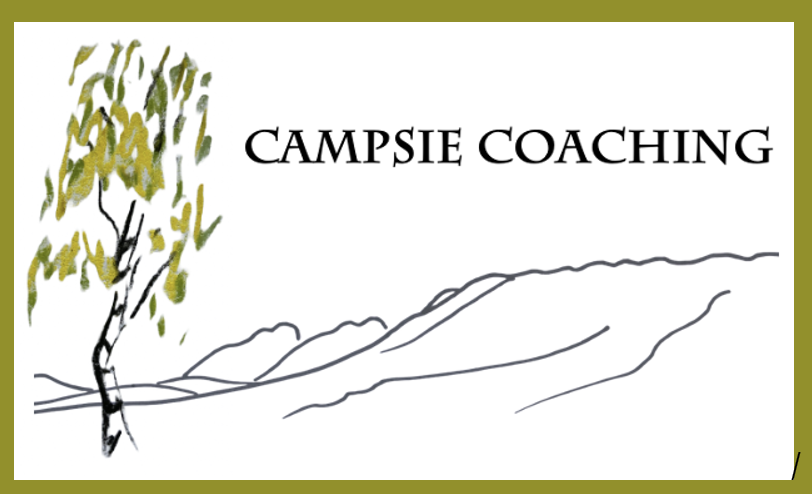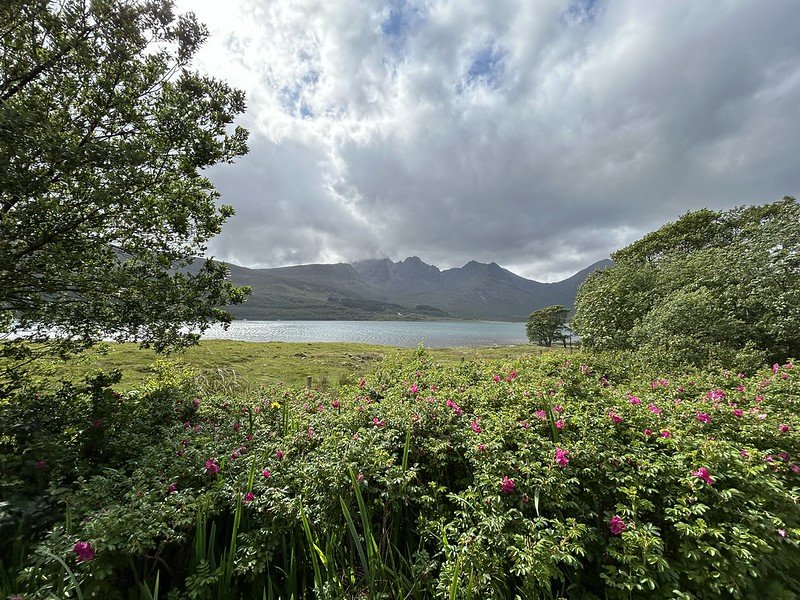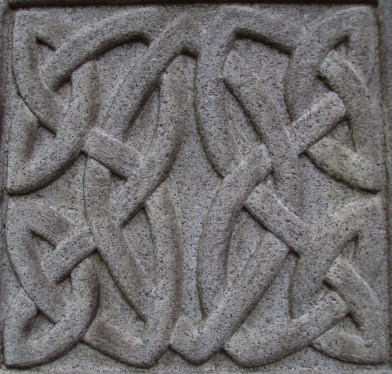If you struggle to read from a screen, listen to an audio of this blog here
Last June, I spent a significant part of a week's holiday sitting in the huge picture window of a holiday cottage on Skye, looking out across Loch Slapin to the jagged peaks of the Cuillin mountains. It was breathtakingly beautiful, even when the rain swept in and turned the window view into a Monet painting of smeared colour.
It was an utter joy to be able to sit and alternate doing absolutely nothing with reading, knitting, and chatting with my family, knowing that if I wanted to I could pull on my boots and head out into the mountains. Later in the week I did make the long, slow climb, alongside the Fairy Pools river cascade, to the foot of those same mountains. I gloried in getting tired and out of breath. I had no idea how valuable my health was until I lost it, and now, every day, I am thankful for my recovery and for those who helped me to experience the normal pounding of an active heart, the ache of legs taking me high in beautiful places.
During that week I enjoyed reading a fascinating book exploring the science behind the healing qualities of nature, The Nature Fix, by Florence Williams. Looking up from the book to the mountain I remembered, as a student nurse, learning about Ulrich’s 1984 research, in which he showed that surgical patients with a green view of trees needed fewer post-operative days in hospital, and less pain medication, than those looking out onto a car park.
Reading on, I was astonished by physicist Richard Taylor’s work on the impact of looking at images with fractal patterns on people’s recovery from stress. Fractals have been described as,
"a never-ending pattern. Fractals are infinitely complex patterns that are self-similar across different scales."
Fractals appear everywhere in nature, from the symmetry of a snowflake, to the branching of alveoli in your lung, the branches on a tree or a river delta. They shape the spiral of a nautilus shell or a spinning galaxy. Taylor has shown that looking at these patterns helps us to relax into the alpha brainwave patterns that lower our stress, reduce anxiety, decrease depression, and improve creative thinking. He found that when looking at new images our eyes move in fractal patterns, and suggests that the correspondence of pattern and movement, reduces the energy needed to process what we see. For someone with chronic exhaustion and brain fog, that is a very big plus.
Moving between book and view, book and view, I began to understand why getting outside had been such an enormous part of my recovery. Nature wasn’t just pretty, or relaxing, it was one of the most powerful recovery tools available to me. My body knew that, and it told me in my rising anxiety, fizzy, twitchy muscles and general feeling of toxicity when I was indoors for days at a time. It told me in the huge yawns, the relaxation of muscles, the sense of relief and perspective when I went out into the garden, or was driven somewhere open and green. My challenge was to learn to notice these signs and act on them, even when going outside felt like the last thing I wanted to do.
That awareness prompted me to set up my website, The Tired Gardener, in part to explore these experiences for myself, but also to share what I was learning and experiencing with others. Writing about nature and healing gave me a sense of purpose when it felt as if my life was over. Now it is an integral part of the work I do to support other people’s recovery, and an ongoing part of the self-care that keeps me whole.
What can you do today to let nature get to work on healing you?
That might be as simple as opening the windows and spending some time watching the clouds, the birds, the plants outside.
Maybe you can wrap up warm and sit outside for as long as feels right for you – 5 minutes, 10 minutes, half an hour?
What can you see?
What can you hear?
What can you smell?
What can you feel?
What can you taste?



